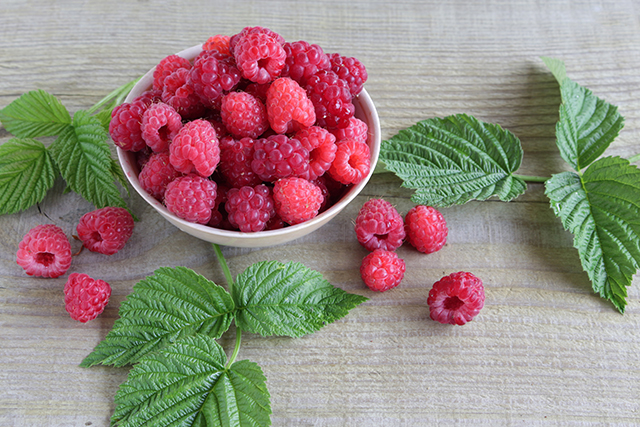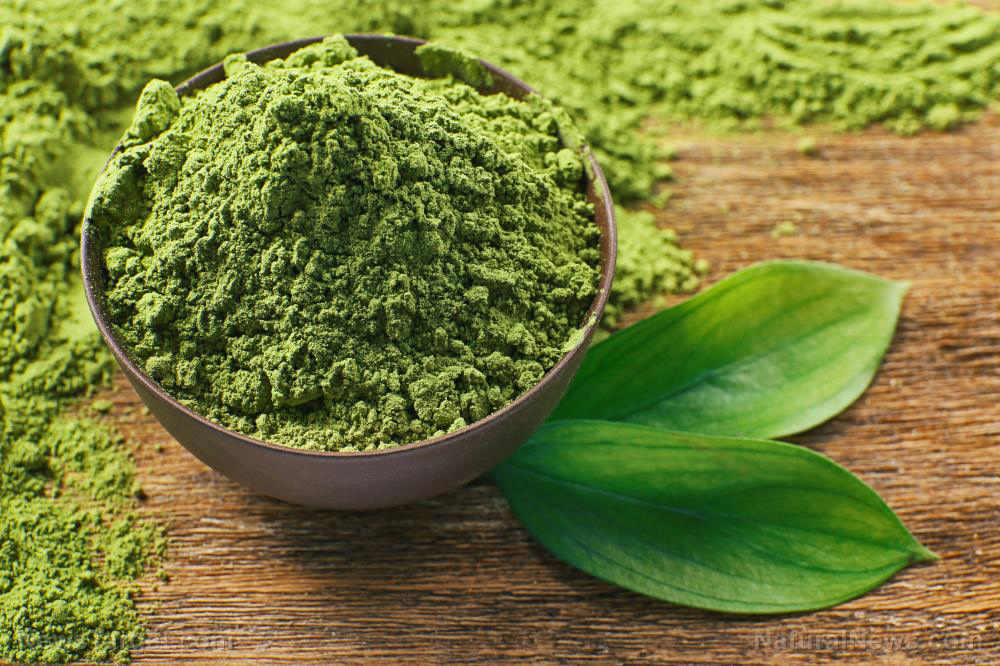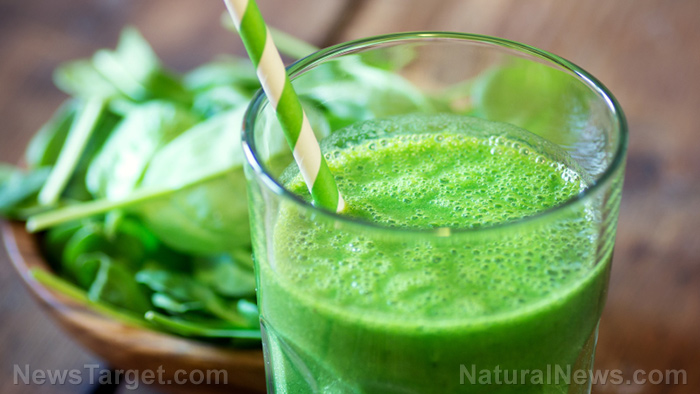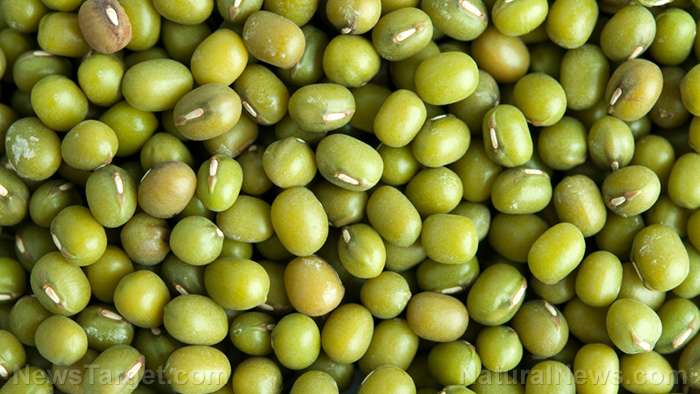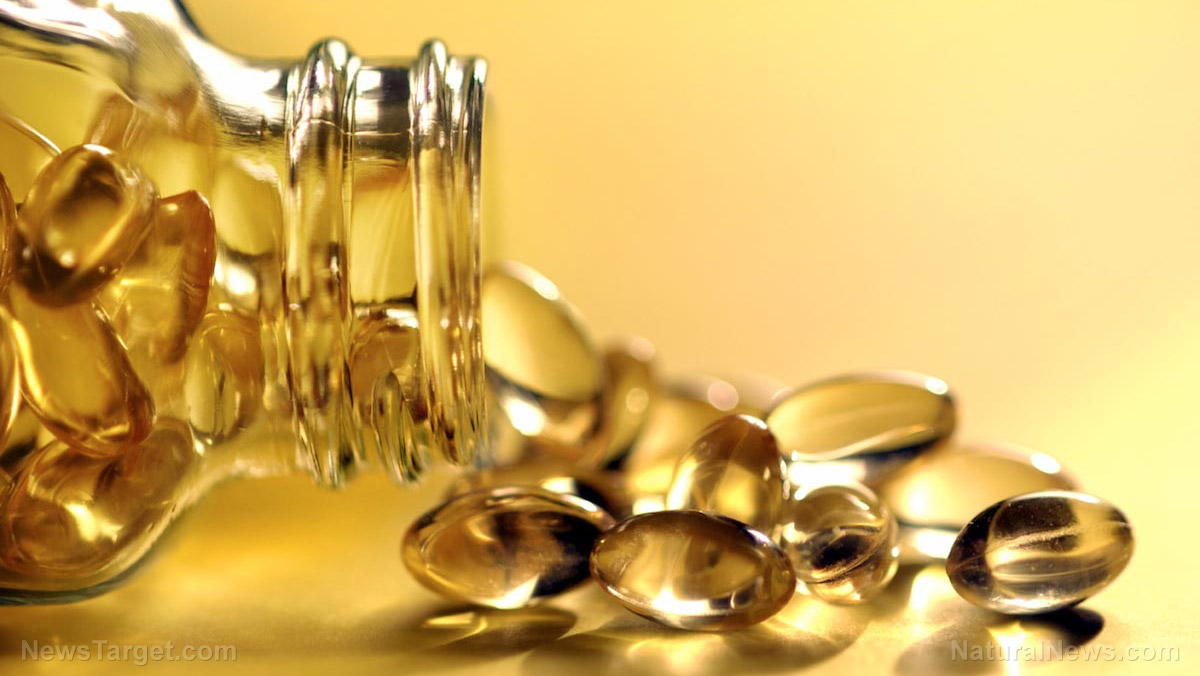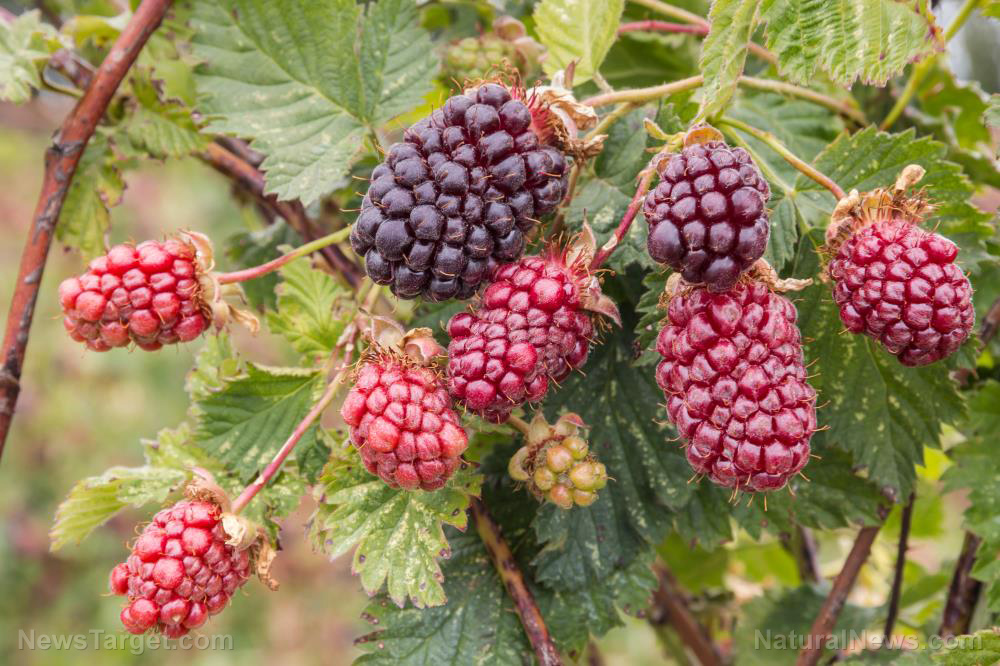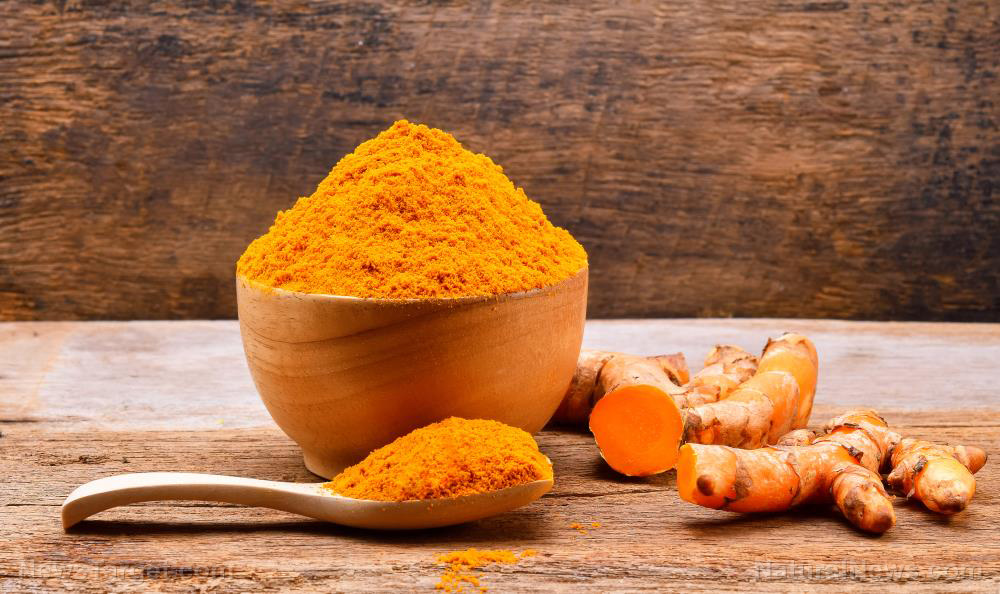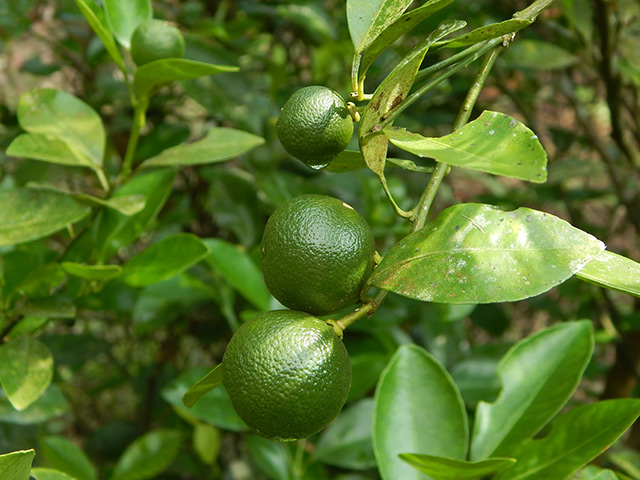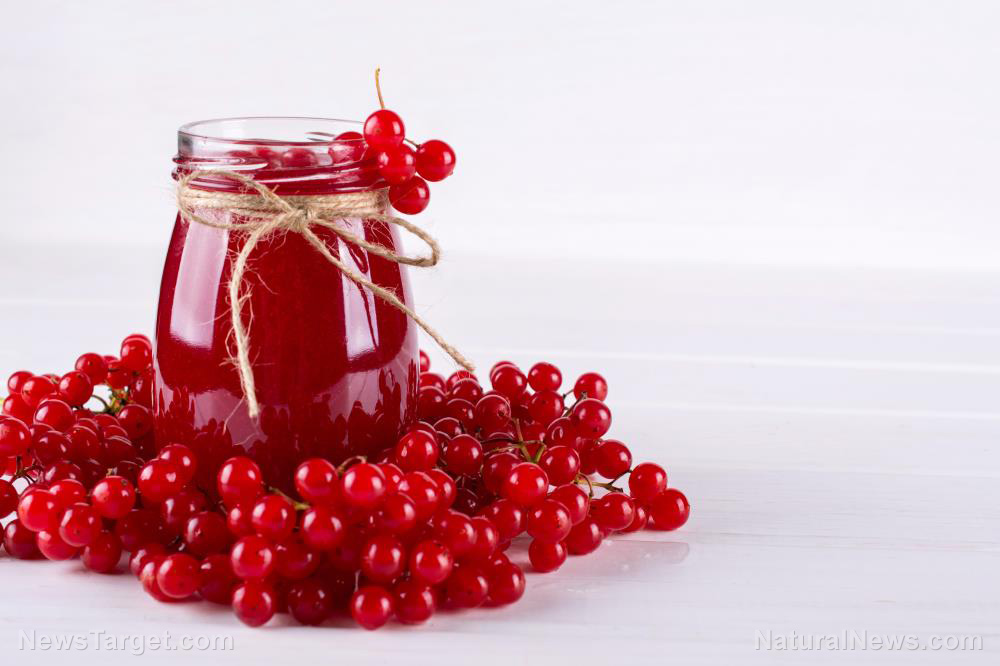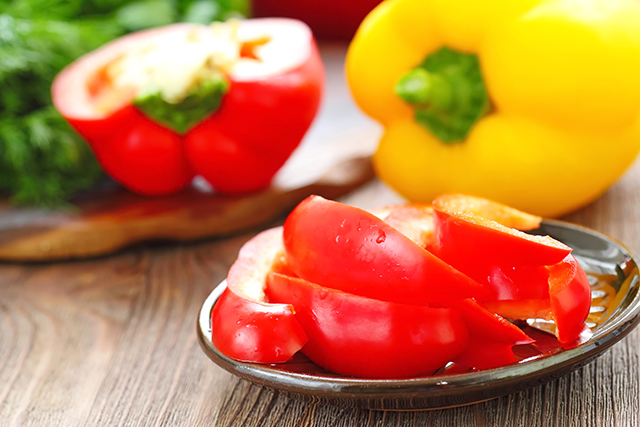Have you heard of pineapple guava? This little-known fruit may help prevent certain digestive problems, even beyond its anticancer and antibacterial properties
03/11/2019 / By Michelle Simmons
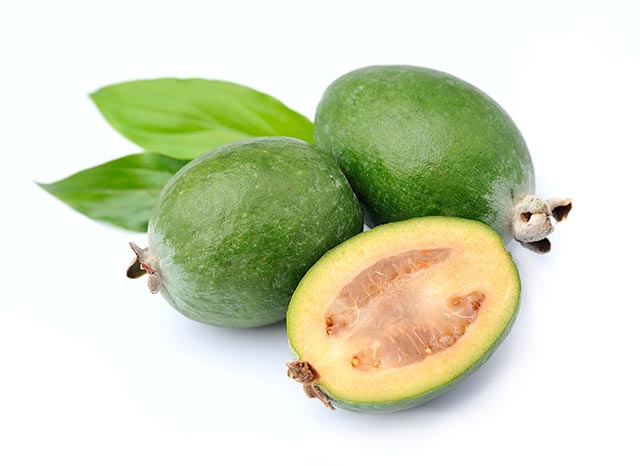
A study published in Phytotherapy Research has found that extracts from pineapple guava (Feijoa sellowiana) may prevent digestive problems caused by a deficiency in disaccharidase, as well as oxidative stress-related diseases. The study also found that pineapple guava possesses antioxidant properties.
Earlier research shows that pineapple guava contains various biological activities, including anti-bacterial and anticancer properties in various cellular models. However, its activity on human intestinal epithelial cells has not yet been determined.
Carried out by researchers at Federico II University of Naples and La Sapienza University of Rome in Italy, the study looked at the effects of pineapple guava extract on the viability, membrane peroxidation, disaccharidase activities and proliferation of in vitro models of human intestinal epithelial cells.
Disaccharidases are enzymes the break down complex sugars, such as lactose, into simple sugars, such as glucose, for the intestine to absorb the nutrients. A deficiency of these enzymes in the duodenum leads to a range of gastrointestinal symptoms.
For the study, the researchers exposed intestinal epithelial cells Caco-2 and HT-29 to pineapple guava extract for 24 hours. The results revealed that pineapple guava extract only increased lactase and sucrase?isomaltase activity in Caco?2 cells. In both cell models, pineapple guava extract decreased cell proliferation and prevented lipid peroxidation compared to control conditions.
With these findings, the researchers suggest that pineapple guava is particularly beneficial to disaccharidase deficiency and as an adjuvant treatment to oxidative stress-related diseases.
In conclusion, these findings indicate that consumption of pineapple guava extracts is a safe and effective measure to prevent digestive problems and to treat diseases related to oxidative stress.
What is pineapple guava?
Pineapple guava, which is of South American origin, is a member of the myrtle family, which includes eucalyptus and clove. The fruit and its products are commonly known in South America and in Oceania. This fruit is also known in many names, including Feijoa, Brazilian guava, fig guava, guavasteen, and New Zealand banana. (Related: Guava aids the body and the brain.)
A slow-growing evergreen shrub, pineapple guava can grow to 15 feet high and 15 feet wide. However, the plant can also be grown as a small container plant, trained or espaliered as a small tree. It can also be grown in close clusters to make a hedge, screen, or windbreak. Its leaves are oval-shaped, thick, flesh, and deep-green, while its flowers are golden-yellow with white petals and long maroon color stamen. The flowers are edible and can be eaten right off the plant or added to your salad.
After around five to six months of flowering, its fruits are ready to eat. Pineapple guava fruit is oval-shaped and looks similar to unripe medium-sized deep-green guava from afar. Once ripe, it will fall off from the tree and can be eaten immediately. The inside of the fruit has a central, jelly textured seed pulp that is surrounded by soft, gray-white flesh. You will know that the fruit is ripe when it is slightly soft and when the jellied sections of the fruit are clear. The fruit has a strong and tart taste with a slight hint of pineapple and papaya. Its texture is similar to a pear, which is gritty, and has tiny edible seeds. The fruit’s skin is also edible, but it is generally discarded.
What are its health benefits?
Pineapple guava is nutritious and low in calories; 100 g of fresh fruit only contains 55 calories. It is also low in fat, free of cholesterol, and packed with antioxidants. Additionally, it is loaded with vitamin C; 100 g of pineapple guava fresh fruit contains 32.9 milligrams (mg) of vitamin C, which is about 55 percent of the daily recommended intake. Vitamin C, which is an antioxidant, can ward off viral diseases by boosting immunity. The fruit also contains small amounts of B-complex vitamins, vitamin E and K, and minerals like calcium, magnesium, copper, and manganese.
The fruit is also loaded with soluble dietary fiber, making it a good bulk laxative. Its fiber content also helps protect the colon by reducing exposure time to toxins and binding to cancer-causing chemicals in the colon.
Sources include:
Tagged Under:

